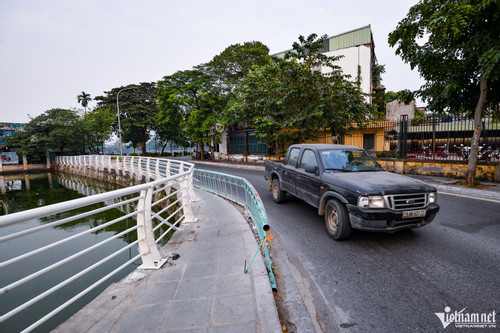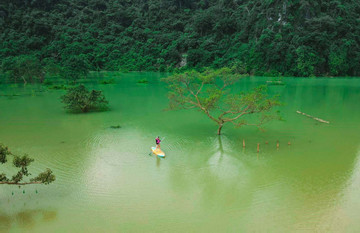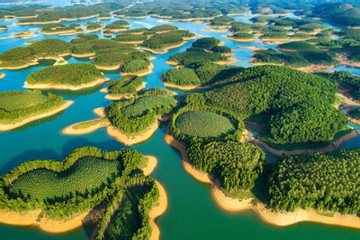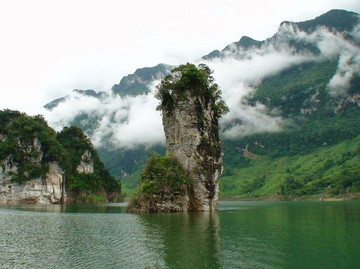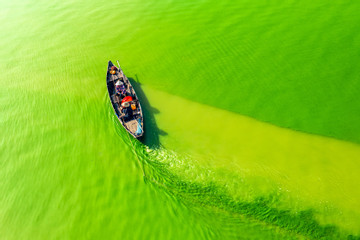- © Copyright of Vietnamnet Global.
- Tel: 024 3772 7988 Fax: (024) 37722734
- Email: [email protected]
lakes
Update news lakes
Hanoi's West Lake gets facelift
West Lake is famous for its serene and tranquil beauty, the density of solemn historical relics, pagodas, and rows of restaurants and coffee shops.
A pearl in mountainous province
Referred to as the “Halong Bay of the northwest region”, Nong Dung Lake has recently been attracting tourists as an ecotourism destination due to its emerald water and poetic scenery.
10 most beautiful lakes in Vietnam
The country is home to a range of beautiful lakes, including natural lakes and lakes formed by dams to generate electricity. Let’s take a look at the nation’s 10 most beautiful lakes as complied by travel agency Local Vietnam.
Discovering ‘another Ha Long Bay’ in the midst of jungle
Located in the northern mountainous province of Tuyen Quang, Na Hang Lake dubbed a smaller version of Ha Long Bay has developed into a famous tourist destination in the locality.
The magical algae season at Tri An Lake
In the green algae season, the surface of Tri An lake in the southern province of Dong Nai is magically beautiful.
Dating in green spaces at popular lakes around Hue
Thua Thien-Hue has not been famed with the former royal citadel with valuable architecture of palaces, royal tombs, and spiritual institutions, the province also host various natural landscapes including spectacular lakes.
Indulging in nature at Duong Coc Lake
Duong Coc Lake is not only a reservoir supplying irrigation water to the northern province of Thanh Hoa but also a tourist attraction where travelers can indulge in nature.
Hanoi plans to trim trees to ensure safety in rainy season
 Hanoi’s Construction Department plans to trim trees at high risk of falling to ensure safety during the coming rainy season, deputy director of the department Hoang Cao Thang has said.
Hanoi’s Construction Department plans to trim trees at high risk of falling to ensure safety during the coming rainy season, deputy director of the department Hoang Cao Thang has said.
Lakes in Hanoi have become the 'dead lungs' of the city
VietNamNet Bridge - The lakes in Hanoi are considered the lungs of the city, but many of them have become seriously polluted.
Hanoi’s lakes from flying cameras
VietNamNet Bridge - From a height of over 200m, Hoan Kiem Lake and West Lake look clean, green and peaceful in the bustling city.
HCM City to build 30 lakes to control floods
VietNamNet Bridge – HCMC will soon develop 30 lakes in suburban areas and hundreds of others in inner-city areas to hold rainwater in a move to effectively control severe floods,
Ponds and lakes in Hanoi evaporating
VietNamNet Bridge – Twenty one lakes in Hanoi and 150 hectares of water surface have disappeared over the last 20 years, since 1990.
